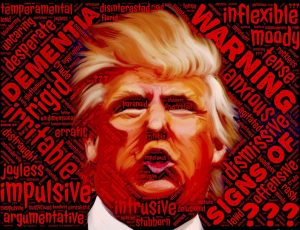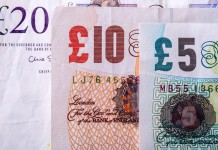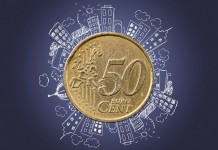Trump Threatens “Fire and Fury”
 The currency market has reacted in typical fashion to a ratcheting up of the tension between the U.S. and North Korea.
The currency market has reacted in typical fashion to a ratcheting up of the tension between the U.S. and North Korea.
Recent missile tests by Kim Jong-un’s military have brought the U.S. within range and the “miniaturization” of a nuclear payload led to a stinging response from the U.S.
The Japanese Yen has been bought in a normal reaction to an increase in global risk with the Australian Dollar being sold. China is struggling to maintain the status quo as its ally continues to ignore warnings almost determined to bring foment a conflict.
There had been a complacency pervading the market concerning North Korea as it was first thought that a viable weapon would be beyond their reach, then a belief that they would back down if pressured sufficiently by China. Now the game has changed and although the U.S. will have to react it will need to be careful to ensure China is “onside”.
North Korea has stated that it is “studying” a strike on the U.S. territory of Guam but it is unlikely that it will escalate very quickly and it is a feature of the market that it will move on to the next driver unless there is a significant development.
German Exporters feel the effect of stronger Euro
 German exports fell by 2.5% in June as the effect of the stronger Euro was felt in the Eurozone’s largest economy. The single currency has gained close to 15% since January which will make exports from the single market more expensive. The knock-on effect of the stronger currency is that imports become cheaper which pushes inflation lower.
German exports fell by 2.5% in June as the effect of the stronger Euro was felt in the Eurozone’s largest economy. The single currency has gained close to 15% since January which will make exports from the single market more expensive. The knock-on effect of the stronger currency is that imports become cheaper which pushes inflation lower.
Earlier in the year, the Bundesbank was calling for a change in monetary policy to pre-empt rising inflation. This was largely ignored by the ECB which has been at pains to stick to its mandate of providing monetary policy for the entire nineteen nation bloc.
President Trump had threatened to label Germany a currency manipulator clearly shaken by the number of Mercedes and BMW’s he had seen driving around Washington.
Trump’s major, some would say only, success so far in his Presidency has been to drive the dollar lower which will make American exports more competitive.
The Euro has corrected a little since the positive U.S. employment report last week but remains in a strong uptrend driven by a belief that the interest rate differential between it and the dollar won’t grow any wider. The 1.2000 level seems to be the market’s goal but the further it rises without a correction the more significant it will be when it comes.
Sterling drifting lower as sentiment weakens
 Macroeconomic data, politics and Central Bank action are the three planks of currency strength or weakness. They don’t always point in the same direction when they do, they can be very positive, as in the case of the Euro currently or extremely negative as we are seeing for the pound.
Macroeconomic data, politics and Central Bank action are the three planks of currency strength or weakness. They don’t always point in the same direction when they do, they can be very positive, as in the case of the Euro currently or extremely negative as we are seeing for the pound.
No one can see any good reason to buy Sterling right now. It is in a significant downtrend against the single currency while the dollar, driven by its own factors is beginning to exhibit some strength.
Summer is rarely a time for trends to be broken as there are generally limited newsworthy events even as liquidity falls. Sterling is likely to continue to fall against the Euro with 0.9250 the next target.
Next week’s inflation and employment data from the U.K. are likely to confirm what we already know; the fall in inflation in June was an anomaly caused by the drop in the oil price and the gap between wages and prices is widening. Last week’s MPC meeting and the Quarterly Inflation Report pretty much told us all we need to know.
















